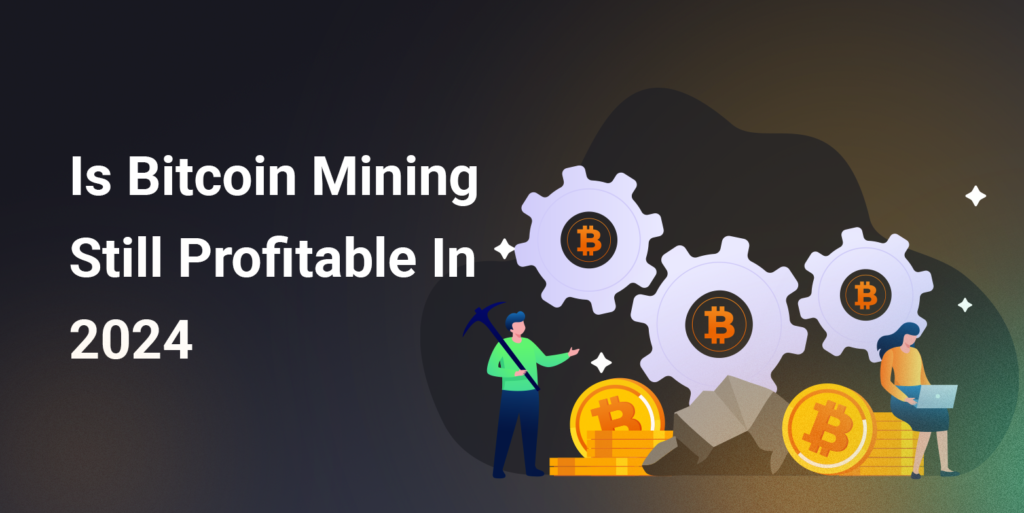Bitcoin mining has become a lucrative industry, but it’s not without significant costs. For miners, the profitability of their operations depends on understanding and managing these costs effectively. As we move into 2024, the landscape of Bitcoin mining is evolving, with changes in energy prices, advancements in hardware, and global competition. In this blog, we’ll explore the real costs involved in Bitcoin mining and discuss how miners can maintain efficiency and profitability in the year ahead.
Breaking Down the Key Costs of Bitcoin Mining
The costs of Bitcoin mining are primarily driven by three factors: electricity, hardware, and operational expenses. These key components determine whether a mining operation can remain profitable.
Electricity Costs Electricity is the most significant expense for Bitcoin miners, as mining requires large amounts of energy to power and cool the mining rigs. The location of a mining facility plays a major role in determining electricity costs. For instance, miners in countries with cheap, renewable energy sources like hydropower enjoy lower costs, whereas miners in regions with higher energy prices face thinner margins. In 2024, global energy prices are expected to fluctuate, especially as many countries are pushing for greener energy solutions. This push towards renewable energy could benefit mining operations in regions where renewable energy sources are both plentiful and affordable.
Hardware Expenses The next major cost for Bitcoin miners is the hardware required for mining. Application-Specific Integrated Circuits (ASICs) are the most commonly used devices for Bitcoin mining because of their efficiency and power. However, ASICs are expensive, and new, more powerful models are constantly being released, forcing miners to regularly upgrade their hardware to stay competitive. As we move further into 2024, we can expect newer ASIC models to continue being developed, offering greater efficiency and performance. While these new machines promise higher profits, they come with high initial costs. Miners need to weigh the benefits of upgrading their hardware against the long-term costs and potential rewards.
Operational Expenses Apart from electricity and hardware, miners also incur operational costs such as rent, maintenance, cooling systems, and labor. Large-scale mining operations must optimize these expenses to stay competitive. Cooling systems, for example, are essential to prevent machines from overheating, especially in warmer climates. Innovative solutions, such as immersion cooling, are becoming more popular in 2024. Immersion cooling involves submerging mining hardware in a thermally conductive liquid, which significantly reduces the need for traditional cooling methods and lowers operational expenses.

The Energy Efficiency Factor: Why It Matters
Energy efficiency is a key factor that determines whether a mining operation can survive the competitive world of Bitcoin mining. As the global focus on sustainable energy intensifies, Bitcoin miners are increasingly turning to renewable energy sources to power their operations.
In countries like Iceland and Canada, where geothermal and hydroelectric energy are abundant and cheap, miners can significantly reduce their electricity costs. Additionally, advancements in mining hardware have made newer ASIC models much more energy-efficient, allowing miners to generate more hash power while consuming less electricity.
However, mining in regions where energy prices are high, or where renewable energy is scarce, could lead to shrinking profit margins. As a result, miners are exploring locations where they can capitalize on cheap, green energy, which also has the added benefit of reducing their environmental footprint.
How to Maximize Mining Efficiency in 2024
To remain profitable in 2024, Bitcoin miners must optimize every aspect of their operations. Here are some key strategies to improve efficiency:
Invest in Energy-Efficient Hardware: Upgrading to the latest ASIC models with higher energy efficiency is crucial for maximizing profits. Miners should monitor the market for hardware innovations that provide the best hash rate per watt of energy consumed.
Use Renewable Energy Sources: Miners located in regions with access to cheap, renewable energy, such as wind, solar, or hydropower, will have a significant advantage over those relying on fossil fuels. Investing in sustainable energy solutions can reduce long-term operational costs and improve the sustainability of the mining operation.
Optimize Cooling Systems: Cooling costs can be a major operational expense. Immersion cooling, mentioned earlier, is a cutting-edge technology that minimizes the need for energy-intensive cooling methods. By adopting efficient cooling techniques, miners can reduce energy consumption and extend the lifespan of their hardware.
Scale Smartly: Scaling a mining operation without proper planning can lead to increased costs without proportional gains. Miners should carefully analyze the ROI of expanding their operations and consider whether the additional costs of hardware, electricity, and operational expenses will translate to higher profitability.
The Future of Bitcoin Mining Profitability
As the Bitcoin network adjusts to new conditions—such as price fluctuations, difficulty adjustments, and global competition—miners must continuously adapt to maintain profitability. In 2024, profitability will largely hinge on two key factors: Bitcoin’s price and operational efficiency.
When Bitcoin’s price is high, miners can afford to absorb higher costs. However, during periods of price volatility, miners operating with thin margins could find themselves in trouble. That’s why miners who invest in energy efficiency, hardware optimization, and cost-effective operational strategies will have the best chance of staying profitable long-term.
Conclusion
Bitcoin mining in 2024 will be defined by rising operational costs, technological advancements, and the growing importance of energy efficiency. Miners who understand and optimize their expenses—particularly electricity and hardware—will be better positioned to remain competitive in the global market. By investing in the latest technologies and adopting renewable energy sources, miners can ensure long-term profitability and contribute to a more sustainable mining ecosystem.
